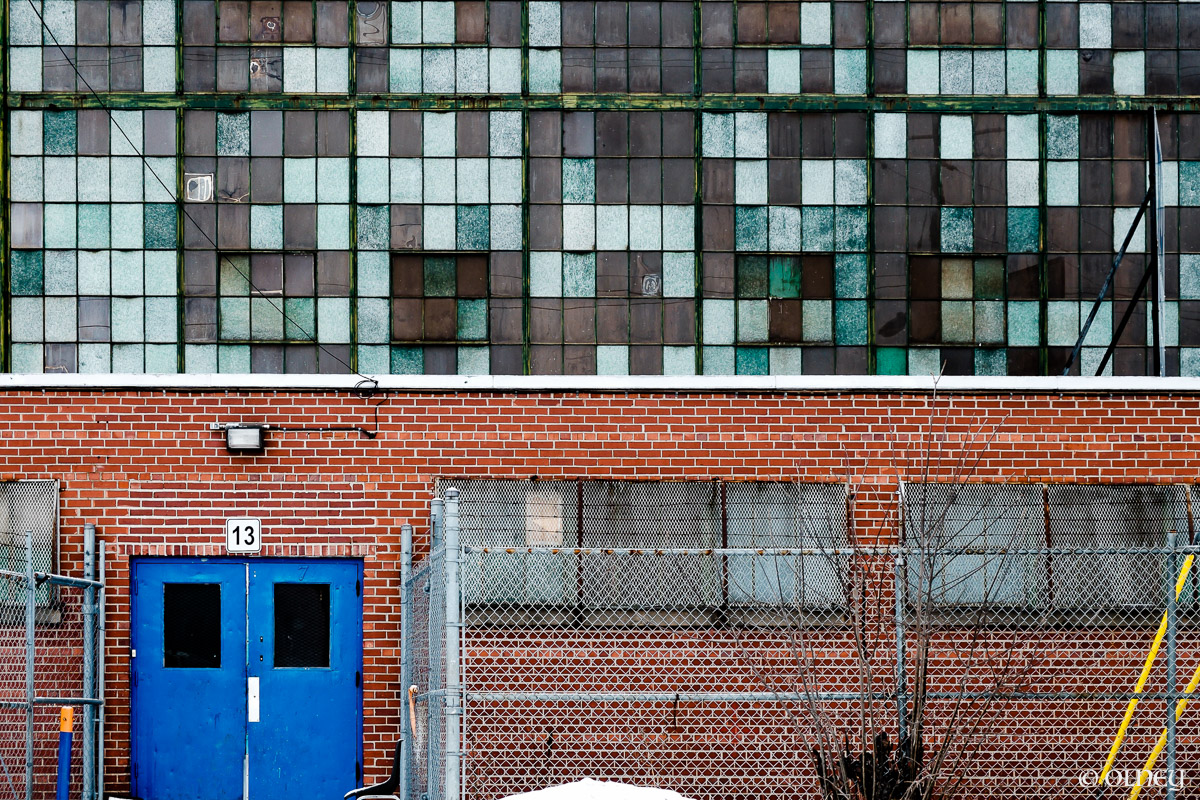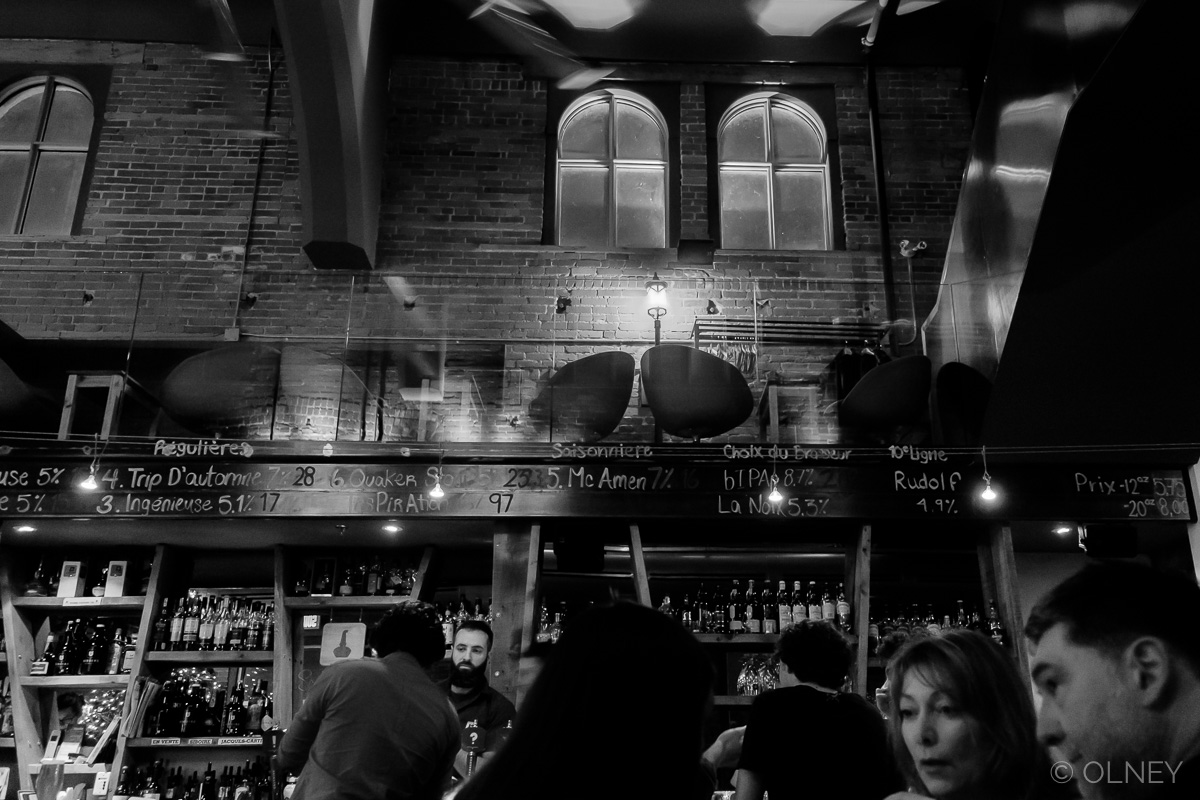Photos diverses - Miscellaneous
Le volume de photos que l'on doit gérer comme photographe est assez effarant. S'il n'y avait que les originaux en format RAW ou JPEG, ça irait toujours. Mais c'est sans compter les multiples versions que l'on souhaite créer ou qu'un client nous demande de voir, les différentes dimensions et combinaisons de résolutions diverses, selon que l'on publie ici ou là, que l'on souhaite imprimer, ou que sais-je, encore ?
Il n'est pas rare qu'une seule photo se décline en cinq, six, voire dix fichiers différents. Et, en plus il m'arrive, comme à beaucoup d'autres, de revenir sur des photos que j'ai déjà éditées et que je souhaite raffiner encore un peu ou traiter de manière tout à fait différente. Maso, non ? Peut-être un peu. Le résultat de tout ça c'est que nous mettons constamment à jour les galeries et portfolios divers, ajoutant des photos ici et en retirant là. C'est un vrai travail d'équilibriste, sans filet, ouch! Car de plus, il nous faut jongler avec le poids du site Web et des pages qui le composent. Il faut donc évaluer les différents niveaux de rendu des photos (qui valent chacune leur poids en Kb) afin de maintenir un niveau de qualité suffisant pour ne pas faire fuir les internautes, pour un poids le plus bas possible afin d'optimiser l'affichage.
Dans ce difficile exercice, il arrive fréquemment de retirer des photos du site et de se demander, des semaines ou des mois plus tard, "mais où est-elle donc passée ?" Dans mon cas, il m'arrive assez souvent de souhaiter la revoir trôner quelque part. Cela devient encore plus nécessaire quand c'est un internaute qui me demande pourquoi j'ai retiré telle ou telle photo, comme ça m'est arrivé à deux reprises cette semaine.
Alors, comme si je recyclais des antiquités, voici des photos disparues du site qui retrouveront une place grâce à cet article.
The amount of pictures you have to manage as a photographer is quite staggering. If there were only the original RAW or JPEG files, it would be a walk in the park. But, as we all know, that's not taking into account the many versions that we'd like to try out or those that a client wants to have a look at. And then, there are the numerous variations of sizes, resolutions, croppings, compressions and file types (add a PSD here or a TIFF there), depending on the output or the publishing services that we use.
It is not unusual for a single photo to be available in five, six or maybe ten different files. And then, like many others, I happen to revisit some files that I have already edited and tweak them here and there or try a totally new approach, just to know how it would look. Masochistic, no? Yeah... maybe.
The result of all this is that we are constantly updating the various galleries and portfolios, adding or pulling away photos. It's a real balancing work for we have to juggle the overall weight of the website and of the pages within. We have to constantly evaluate the quality of the rendering of these pictures (they all worth their weight in Kb) to maintain a sufficient level of quality so visitors are not scared away, while having the lowest possible impact on usability and display.
By doing this, it's common to remove a photo and wonder, weeks or months afterward, "where the heck is it gone?" In my case, more often than not, I wished I'd see it on the site again, somewhere. It becomes that more necessary when a user asks why I have taken a particular photo out, as it happened to me twice this week.
So, as if I was an antiquarian, I dug out some photos that will get a place back on the website, thanks to this post.
Texte et photos © 2015 OLNEY








